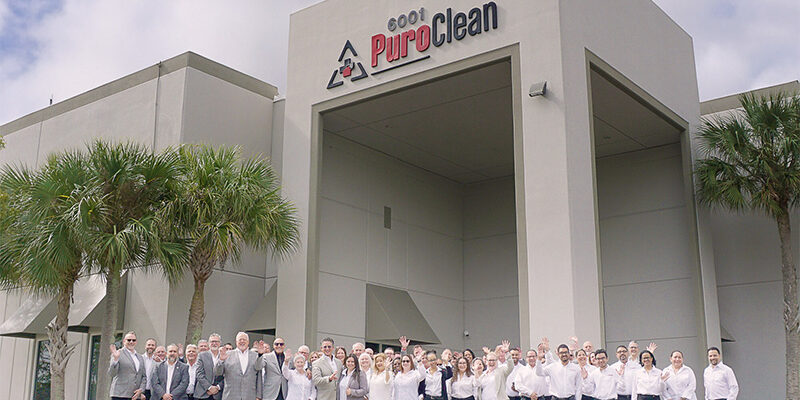Cement Alternative Could Reduce Carbon Dioxide Emissions

As recently reported by Massachusetts Institute of Technology (MIT) News, a cement alternative created by a company started by a MIT alumnus could significantly reduce the cement industry’s carbon dioxide emissions.
Dr. Rouzbeh Savary, PhD., who received his doctorate from MIT in 2011, is the founder and president of C-Crete, a San Leandro, California-based startup company. C-Crete developed the patent-pending, sustainable binding material, which Savary claims is not only a better alternative for the environment, but affordable as well.
“Cement is so abundant and such a low-cost commodity that if a new product aims to impact its CO2 emissions, it must penetrate into mass market, where everyone can resonate with and afford it,” Savary told MIT News.
According to a report by the International Energy Agency, the cement industry is responsible for about 7% of worldwide CO2 emissions caused by humans. Concrete is also the second most-used substance in the world, after water.
According to MIT News, the materials in the substance bind with locally available mineral feedstocks and industrial byproducts to make cement-free concrete. Compared to the high temperatures needed for the production of traditional portland cement, the lower temperatures required to manufacture the new substance can also mean lower energy consumption.
Furthermore, C-Crete reports that its binder absorbs CO2 from the atmosphere over time, making it even more sustainable. The company told MIT News that third-party testing found that the product mirrors portland cement’s strength and flowability.
C-Crete said it has received “strong interest” from other businesses, including from ready-mix companies, to form partnerships.
“All they need to do is get our binder and swap it with portland cement,” Savary told MIT News. “The resulting concrete has the same mix design. It’s the same ratio of gravel to cement and sand to cement and admixtures.”
Savary said the company has received inquiries from architects, engineers, construction companies, and building owners around the world to use C-Crete’s binder.
“Our vision is to be able to use local Earth’s crust composition to make cementitious binders,” Savary continued. “Cement’s use is ubiquitous, and there is no need to ship it across the globe.”












